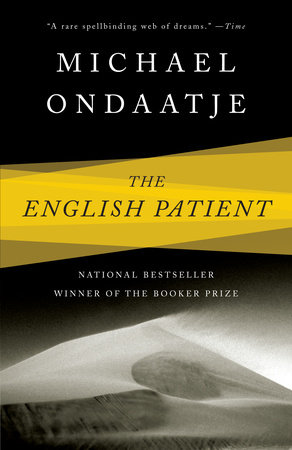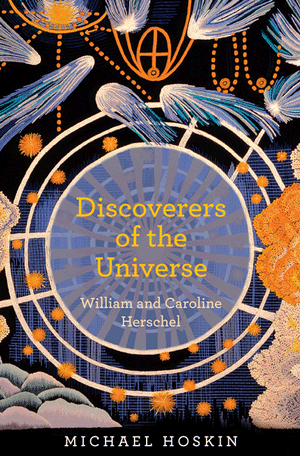Jane of Lantern Hill begins on a cold day in Toronto. Jane lives with her hard-as-steel grandmother, crusty Aunt, and her mother, who is quite pretty and about as substantial as a butterfly wing. Smothered by her surroundings, Jane is always hoping that someone will let her do something useful. She is the type of girl who would rather have an old doll to take care of than a brand new one to display. Jane’s life is turned upside down when she finds out that the father she thought was dead is actually alive and living on Prince Edward Island. Her world changes forever when he writes that he wants her to come stay with him for the summer.
Why do I love Jane so much? Probably because I’m more of a Jane than an Anne Shirley, whom I love, but whose bright popularity and inability to stop talking are a bit foreign to my own personality. Jane is my kindred spirit. She’s quiet, but undaunted by those who would poison her with their cynicism. Jane sees the joy in taking care of a home, in houses with lights glowing from the windows, in geraniums in her windowsill, and special quilts tucked up on all the beds. She loves her garden and vows to bake the perfect pie. Of course, in an old maid such as myself, these attributes seem, well, old maidenly, but in a young girl there is a sweetness and wonder in all her accomplishments on Lantern Hill.
“There was a tangle of sunbeams on the bare white floor. They could see the maple wood through the east window, the gulf and the pond and the dunes through the north, the harbor through the west. Winds of the salt seas were blowing in. Swallows were swooping through the evening air. Everything she looked at belonged to dad and her. She was mistress of this house . . . her right there was none to dispute.”
It’s pure L.M. Montgomery magic. Lest you think Jane is just a homebody, she does have her fair share of adventures. I won’t ruin those for you though because I’m certain you need to read this for yourself!
Find the book here: Amazon












